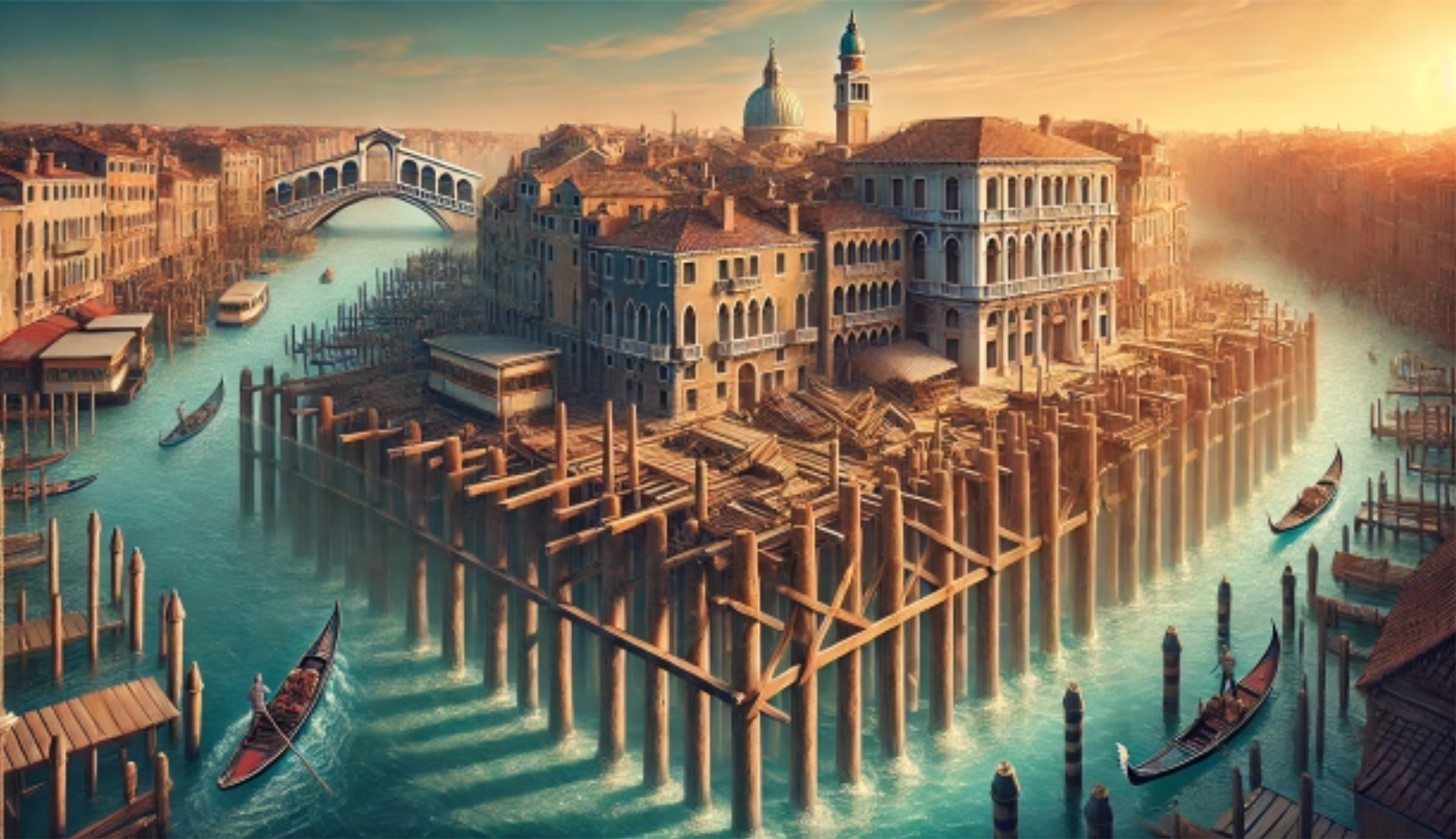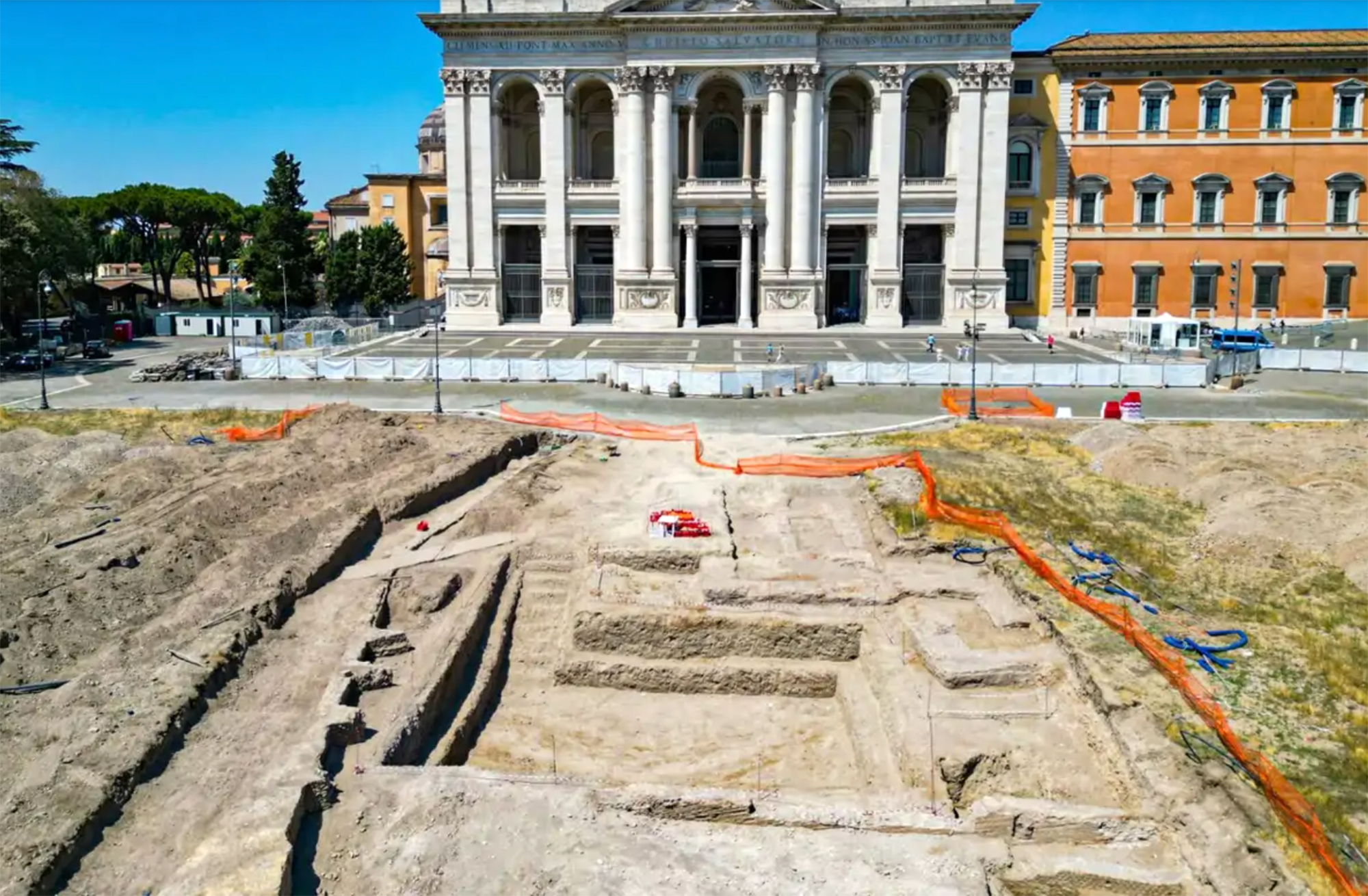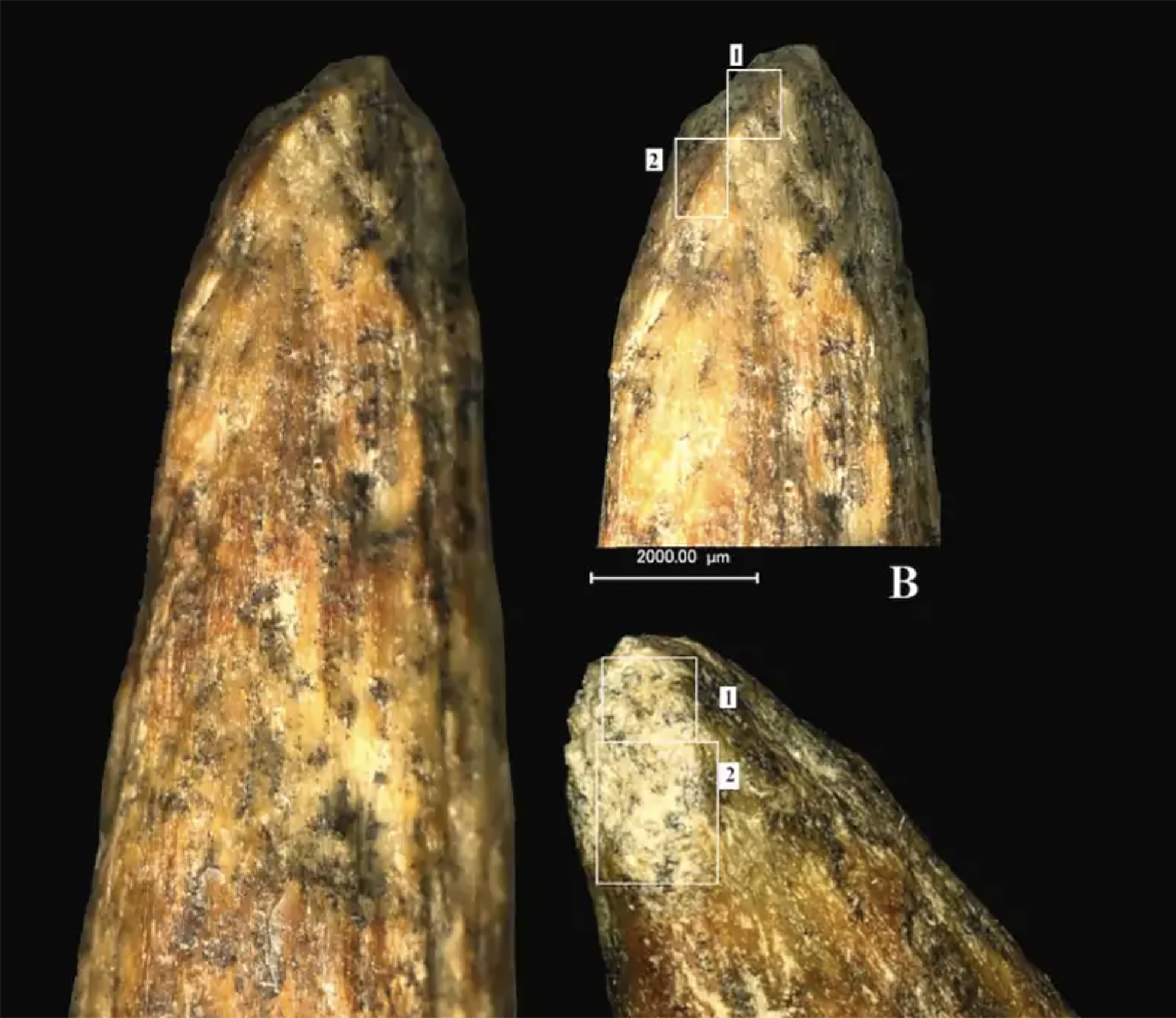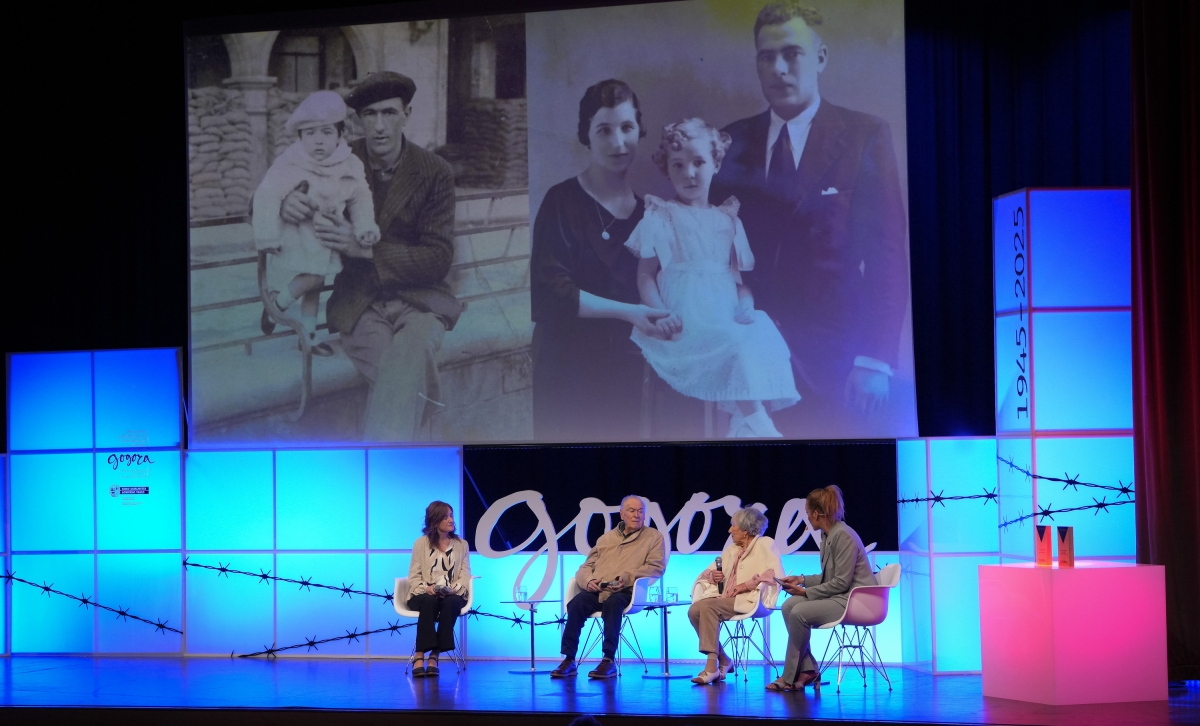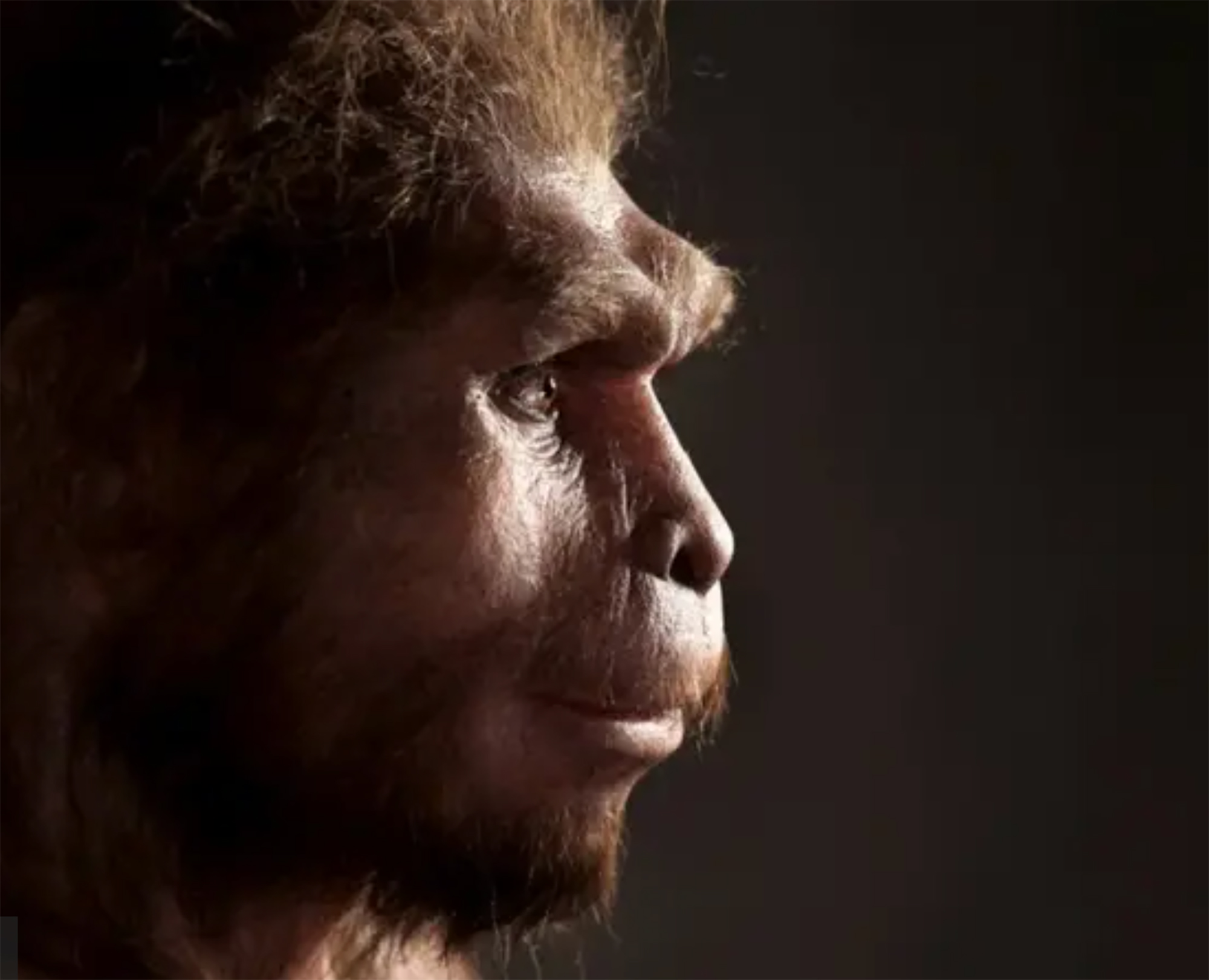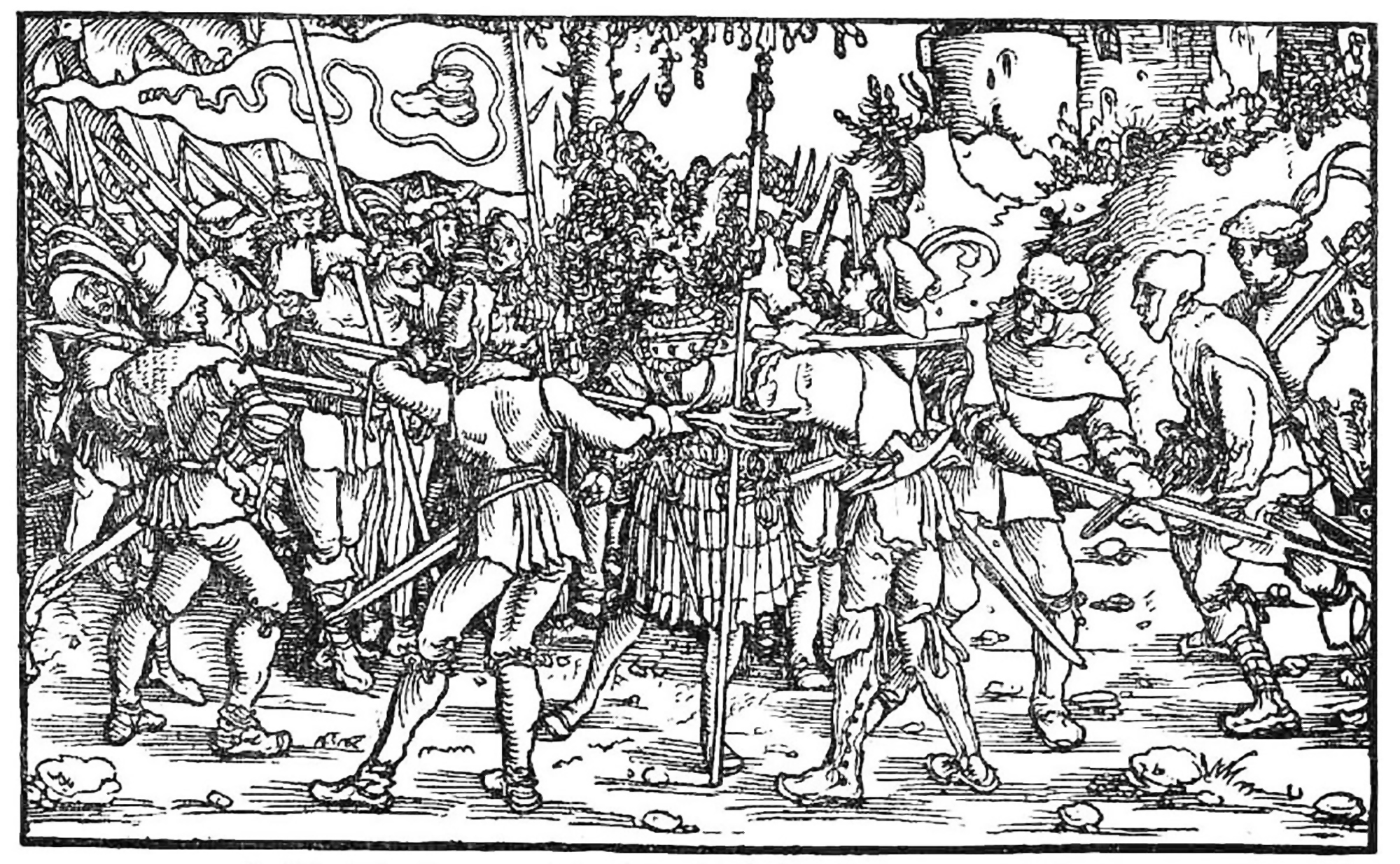Eschatological archaeology on the road of Lewis and Clark
- St. Louis, United States, May 1804. The expedition, led by Captain Meriwether Lewis and Lt. William Clark, departed to travel west of the United States and reach the Pacific coast.
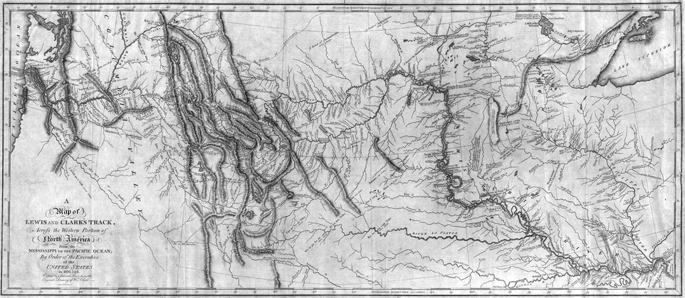
The expedition was commissioned by President Thomas Jefferson, shortly after the purchase of Louisiana in 1803. The main objective was to explore, map and begin colonizing the newly acquired territory. They also had several secondary objectives: to study flora and fauna, to find mineral deposits, and to establish commercial relationships with local tribes.
Because they didn't know what this adventure was going to last and what they were going to find along the way, the expedition members were trained hard. Expedition heads Lewis and Clarki, Andrew Ellicott taught them how to use the sextant, and Benjamin Rush taught them a quick course of basic remedies. Rush was a close friend of Jefferson and one of the signatories to the 1776 Declaration of Independence. He was a well-known physician of the time, despite being a passionate advocate of the theory of four humors or fluids (black bile, bile, mucus, and blood). Rush considers that the state of health is conditioned by the balance of these four fluids and that the deficiency or excess of one is at the origin of all diseases. Among its best known remedies were broths and purges through the palliative intestines. According to Rush, excess bile caused constipation, headache, and tiredness, and the pill was invented to cure it. 50% of the pills were made up of mercury chloride, and thanks to the powerful pusher, it was possible to expel excessive bile and restore balance. He gave Lewis a generous load of pills before he left.
On the expedition, hunting was the main and almost unique food. The first symptoms of fatigue and constipation began to appear right away, and Lewis began to separate the pills to right and left. In addition, since sexual relations with indigenous people were common and mercury was the only known remedy against syphilis, the expeditionaries had no objection to taking pills. The body does not adequately assimilate mercury chloride and is excreted in conjunction with the faeces. That's why the expedition left a footprint that won't go away for a long time: that of mercury. And archaeologists have been able to accurately identify the path of expedition.
Pond of Venice, year 452. Prompted by the Huns' invasion, several inhabitants of the interior of the Italian peninsula took temporary refuge in the swampy area. But the Lombard invasions came in a few years, and it would become a permanent home for those immigrants. It was a... [+]
During a routine excavation in the Piazza San Giovanni in Laterano in Rome, archaeologists carried out the IX-XIII. They unexpectedly found the remains of a palace dating back to the centuries. And they think it could be the residence of the popes of the time. In other words,... [+]
More and more studies indicate that Neanderthals had more advanced cognitive abilities than previously thought. The latter, published in the Journal of Archeological Science, refers to the spearhead of bone found in the Mezmaiskaya cave in Russia in 2003.
Using microscopy,... [+]
The Indus Valley, about 5,000 years ago. The city of Mohenjo-Daro had about 35,000 inhabitants and, according to recent PNAS publication, had a very low Gini coefficient of 0.22 – a coefficient that measures the economic inequality of societies through the degree of... [+]
I've been enjoying a book lately. In a very short time I have read it twice; the first with pure delight and the second with a pencil in my hand. Hoces de piedra, martillos de bronce, by the Spanish archaeologist Rodrigo Villalobos, aims to explore prehistoric society to answer... [+]
In the Chinese province of Shanxi, in a tomb of the Tang dynasty, paintings depicting scenes from the daily lives of the dead are found. In one of these scenes a blonde man appears. Looking at the color of the hair and the facial expression, archaeologists who have studied the... [+]
Carthage, from B.C. Around the 814. The Phoenicians founded a colony and the dominant civilization in the eastern Mediterranean spread to the west. Two and a half centuries later, with the decline of the Phoenician metropolis of Tyre, Carthage became independent and its... [+]
Salvador Puig Antich frankismoaren kontrako militantea izan zen. Askapen Mugimendu Iberikoko kidea, 1973ko irailaren 25ean atxilotu zuten. Gerra-kontseilua egin zioten, eta garrotez exekutatu zuten handik sei hilabetera, 1974ko martxoaren 2an. Aurtengo otsailean baliogabetu du... [+]
Rudolf Botha hizkuntzalari hegoafrikarrak hipotesi bat bota berri du Homo erectus-i buruz: espezieak ahozko komunikazio moduren bat garatu zuen duela milioi bat urte baino gehiago. Homo sapiens-a da, dakigunez, hitz egiteko gai den espezie bakarra eta, beraz, hortik... [+]
Böblingen, Holy Roman Empire, 12 May 1525. Georg Truchsess von Waldburg overthrew the Württemberg insurgent peasants. Three days later, on 15 May, Philip of Hesse and the Duke of Saxony joined forces to crush the Thuringian rebels in Frankenhausen, killing some 5,000 peasants... [+]











